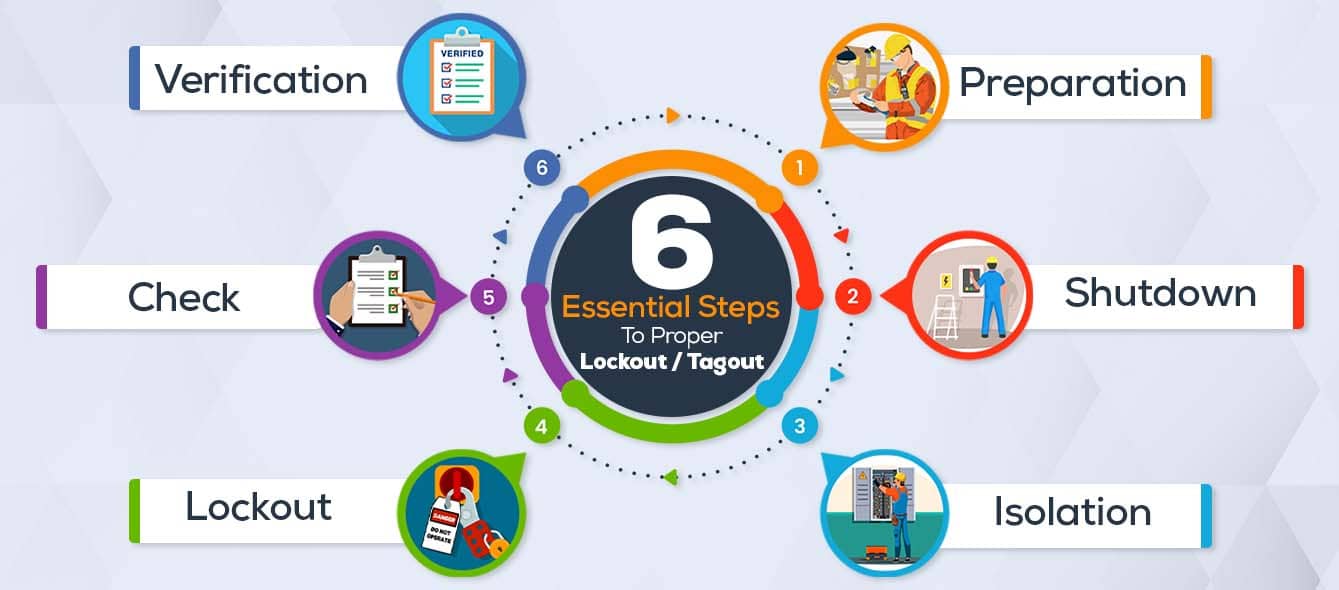Currently Empty: $0.00
LOTO Course Module – I
Module 1: Introduction to Lockout/Tagout
1.1 What is Lockout/Tagout?
Lockout/Tagout (LOTO) is a safety procedure used to ensure that machinery and equipment are properly shut down and isolated from energy sources before maintenance or servicing work is performed. It prevents the unexpected release of hazardous energy, which can cause serious injuries or fatalities. This includes electrical, mechanical, hydraulic, pneumatic, chemical, thermal, and other energy sources.
1.2 Why is LOTO Important?
LOTO is crucial for preventing accidents. Without proper LOTO procedures, workers can be exposed to hazardous energy, resulting in:
Electrocution
Burns
Crushing injuries
Lacerations
Amputations
Chemical exposure
And even death
1.3 Regulatory Requirements:
Several regulations and standards mandate LOTO procedures. These regulations vary by region, but generally require employers to develop, implement, and enforce LOTO programs. Understanding these legal requirements is essential for compliance. (Mention specific regulations relevant to the target audience, e.g., OSHA in the US).
1.4 Key Definitions:
Authorized Employee: An employee who is trained and authorized to perform LOTO procedures.
Affected Employee: An employee who operates or works in an area where the machinery or equipment being serviced is located.
Lockout: The placement of a lock on an energy isolating device to prevent its operation.
Tagout: The placement of a tag on an energy isolating device to warn against its operation.
Energy Isolating Device: A mechanical device that physically prevents the transmission or release of energy. Examples include circuit breakers, disconnect switches,
Learning Summary:
This module introduced the concept of LOTO, its importance, relevant regulations, and key definitions. Understanding these fundamentals is crucial for the subsequent modules.


